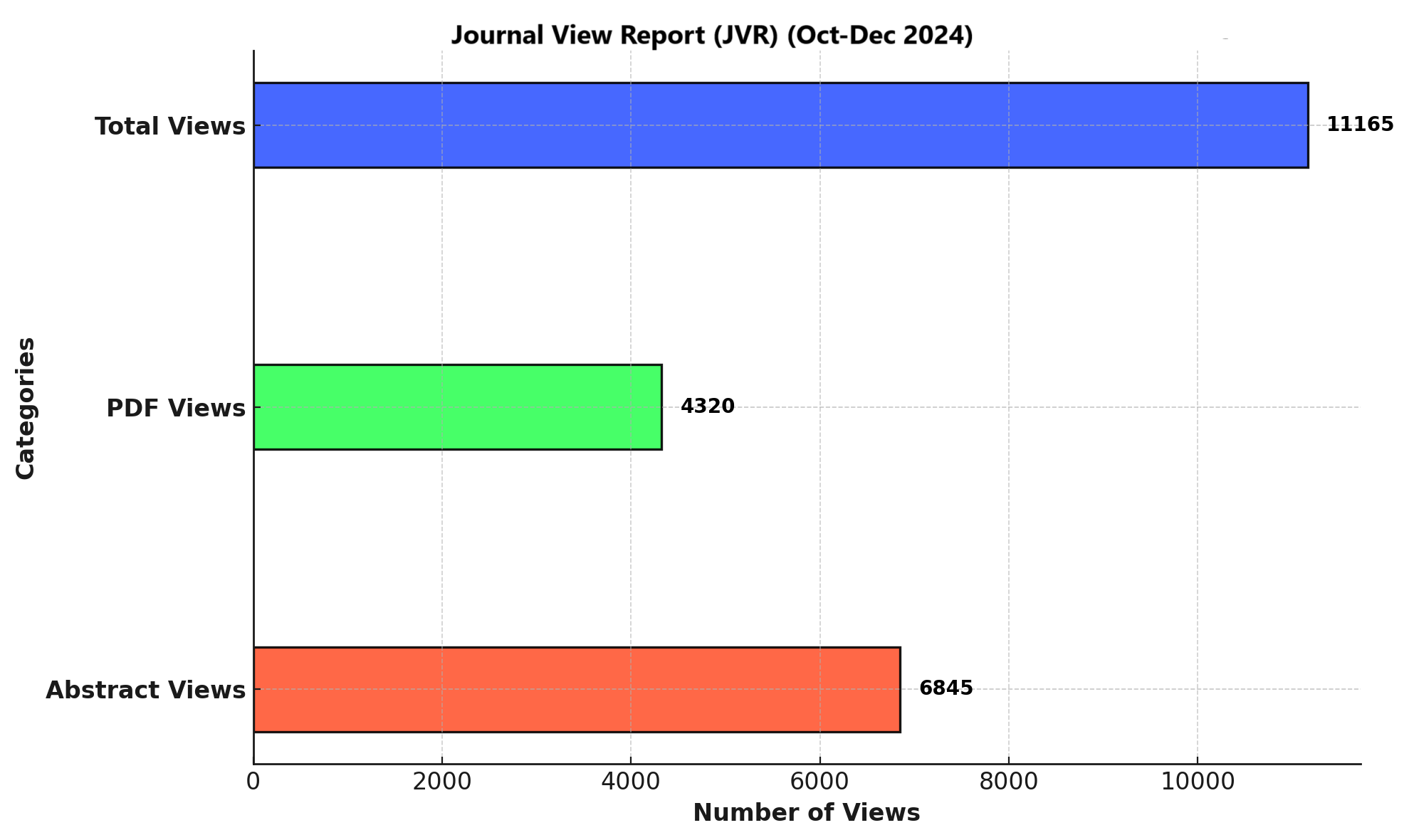PERCEPTION OF ACTIVE VIDEO GAMING IN ENHANCEMENT OF PHYSICAL ACTIVITY AMONG ADOLESCENTS
DOI:
https://doi.org/10.71000/ijhr107Keywords:
Active Video Gaming, Exergames, Exergaming, Gaming, Health, Physical Activity, Sedentary LifestyleAbstract
Background: Active Video Games (AVGs) require players to perform movements that are mirrored by characters on-screen, integrating physical activity into gaming. This synergy of technology and exercise provides a dynamic way to remain active by engaging in digital entertainment, redefining traditional video gameplay.
Objective: This study aims to assess adolescents' perceptions of active video gaming and explore its association with physical activity, considering AVGs potential to alter exercise behaviors.
Methods: A cross-sectional study was conducted with 385 adolescents aged 12-25 years. The study was divided into three phases: initial demographic data collection, assessing awareness of AVGs through a questionnaire, and evaluating perceptions of AVGs via diverse inquiry methods to understand their impact on physical activity levels.
Results: Findings indicate a robust correlation between active video gaming and increased physical activity among adolescents, with a notably positive perception of AVGs. The majority of participants (68%) reported a favorable view towards AVGs as a form of exercise, and 62% acknowledged an increase in their physical activity levels due to AVGs.
Conclusion: AVGs demonstrate significant potential as a motivational tool for increasing physical activity among youth, making exercise more accessible and appealing through gamified experiences. There remains a keen interest among adolescents to learn more about the benefits of AVGs.
Downloads
Published
Issue
Section
License
Copyright (c) 2024 Laiba Farooq, Nosheen Manzoor, Areeba Rizwan, Isha Fatima, Nayla Ijaz, Sonia Babar (Author)

This work is licensed under a Creative Commons Attribution-NonCommercial-NoDerivatives 4.0 International License.







